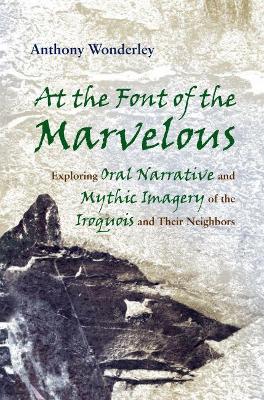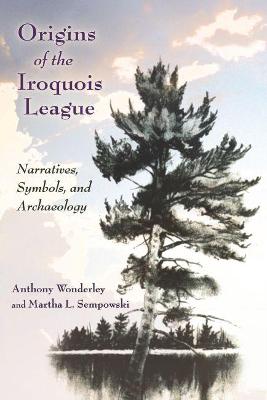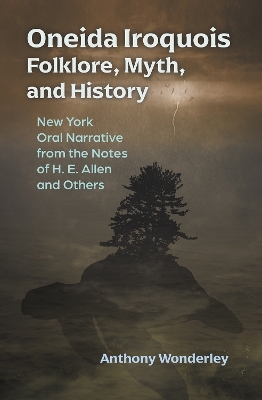The Iroquois and Their Neighbors
3 total works
The folktales and myths of the Iroquois and their Algonquian neighbors rank among the most imaginatively rich and narratively coherent traditions in North America. Mostly recorded around 1900, these oral narratives preserve the voice and something of the outlook of autochthonous Americans from a bygone age, when storytelling was an important facet of daily life. Inspired by these wondrous tales, Anthony Wonderley explores their significance to the Iroquois and Algonquian religion and worldview. Grouping the stories around common themes and motifs, Wonderley analyzes topics ranging from cannibal giants to cultural heroes, and from legends of local places to myths of human origin. Approached comparatively and historically, these stories can enrich our understanding of archaeological remains, ethnic boundaries, and past cultural interchanges among Iroquois and Algonquian peoples.
Origins of the Iroquois League
by Anthony Wonderley and Martha L. Sempowski
Published 1 October 2019
The League of the Iroquois, the most famous native government in North America, dominated intertribal diplomacy in the Northeast and influenced the course of American colonial history for nearly two centuries. The age and early development of the League, however, have long been in dispute. In this highly original book, two anthropological archaeologists with differing approaches and distinct regional interests synthesize their research to explore the underpinnings of the confederacy. Wonderley and Sempowski endeavor to address such issues as when tribes coalesced, when intertribal alliances presaging the League were forged, when the five-nation confederation came to fruition, and what light oral tradition may shine on these developments.
This groundbreaking work develops a new conversation in the field of Indigenous studies, one that deepens our understanding of the Iroquois League's origins.
This groundbreaking work develops a new conversation in the field of Indigenous studies, one that deepens our understanding of the Iroquois League's origins.
This is the first major book to explore uniquely Iroquois components in the Native American oral narrative as it existed around 1900. Drawn largely from early twentieth-century journals by non-Indian scholar Hope Emily Allen, much of it has never before been published. Even as he studies time-honored themes and such stories as the Iroquois myth of the beginning, Anthony Wonderley breaks new ground examining links between legend, history, and everyday life. He pointedly questions how oral traditions are born and develop. Uncovering traditional tales told over the course of 400 years, Wonderley further defines - and considers - endurance and sequence in mythic content. Finally, possible links between Oneida folklore and material culture are explored in discussions of craftworks and archaeological artifacts of cultural and symbolic importance. Arguably the most complete study of its kind, the book will appeal to a wide range of professional disciplines - from anthropology, history, and folklore to religion and Native American studies.


